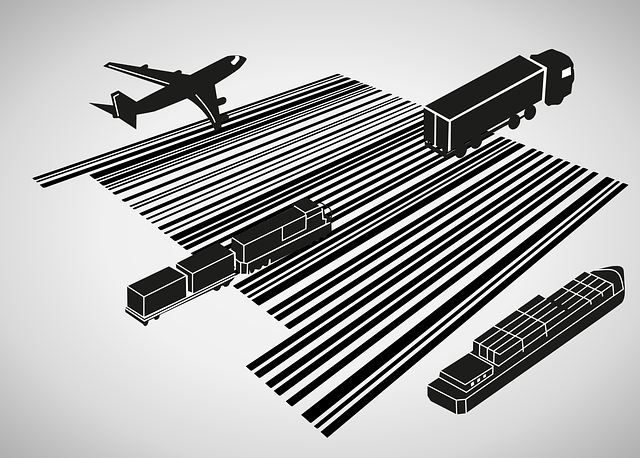

How to Reduce Delivery Times Through Optimized Collaborative Processes
Reducing delivery times is key to boosting customer satisfaction and strengthening competitiveness. Optimizing collaborative processes is an essential lever to streamline your supply chain and proactively manage unexpected issues.
1. Strengthen Collaboration with Suppliers
Working closely with your suppliers enables real-time sharing of crucial information—such as orders, inventory levels, and production timelines—and allows you to quickly adjust schedules. By establishing regular exchanges and utilizing appropriate digital tools, you can reduce processing times and prevent stockouts. This approach helps anticipate needs more effectively and enhances responsiveness to unforeseen events.
2. Optimize Internal Coordination
Smooth communication between departments—purchasing, production, and logistics—is critical to harmonize internal processes. Implementing a shared tracking system supported by collaborative solutions (like ERP systems, instant messaging tools, or collaborative platforms) helps synchronize actions and cuts down on order validation and preparation times. This internal synergy speeds up the overall delivery process while minimizing errors and redundancies.
3. Collaborate with Logistics Partners
Beyond suppliers and internal teams, working closely with your carriers and logistics partners is vital to optimizing delivery routes and improving vehicle load efficiency. Capacity reservation agreements or shared scheduling allow you to secure precise delivery slots, reducing waiting times and unnecessary trips.
4. Integrate Powerful Digital Tools
Digital technologies play a crucial role in optimizing collaborative processes. Using solutions like ERP systems, Transportation Management Systems (TMS), or collaborative management platforms facilitates real-time information sharing and rapid decision-making. These tools help you:
- Centralize data for full visibility across the supply chain.
- Automate administrative tasks to cut processing times.
- Set up alerts to anticipate delays or potential stockouts.
Integrating these technologies is part of a continuous improvement strategy, essential for reducing delivery times and boosting operational agility.
5. Implement Concrete Collaborative Methods
Several practical methods can be adopted to accelerate delivery times:
- Improving Information Flow: Increasing the frequency of exchanges and prioritizing digital communication (such as EDI or supplier portals) can significantly cut down on administrative time.
- Capacity Slot Reservation: Scheduling specific delivery slots in advance helps avoid delays during peak periods.
- Early-Stage Collaboration: Involving suppliers in the planning process allows you to identify improvement opportunities and negotiate shorter lead times.
These methods, based on a collaborative approach, contribute to better control over delivery times and optimization of logistics costs.
Conclusion
Optimizing collaborative processes is an effective strategy to reduce delivery times. By enhancing communication with suppliers, improving internal coordination, and integrating robust digital tools, companies can become more agile and offer faster, more reliable delivery services. Embracing a collaborative approach means putting people and transparency at the heart of operations, leading to tangible and measurable results
To go further, these initiatives should be supported by ongoing training and regular performance evaluations to remain competitive in a demanding and ever-changing market.









